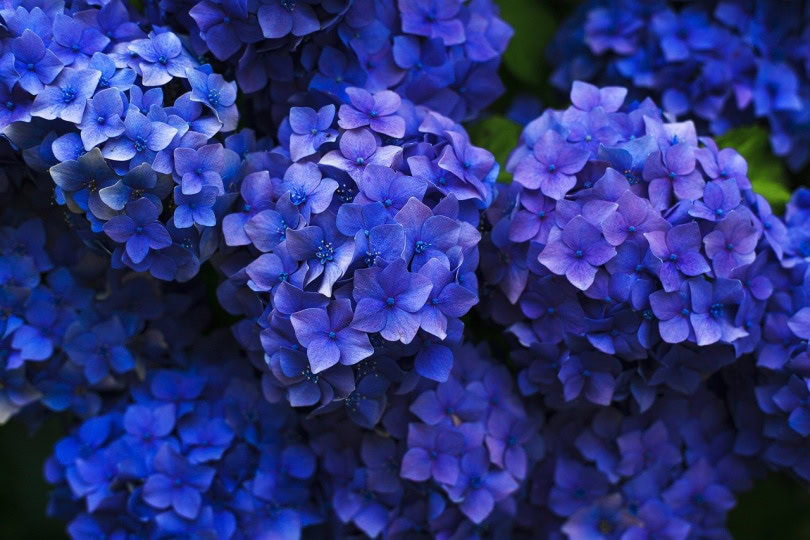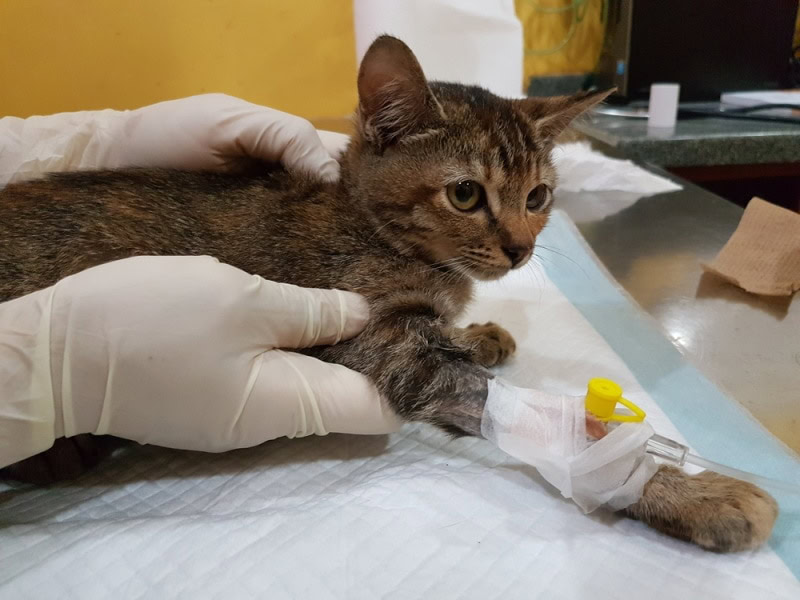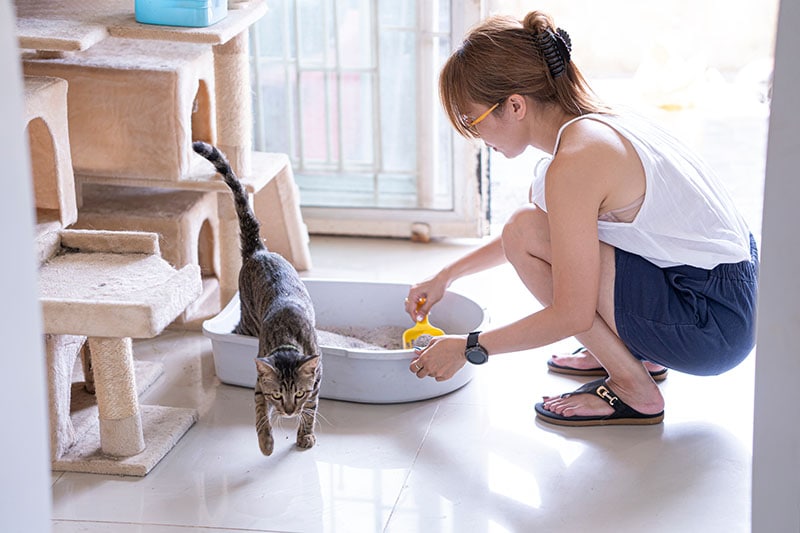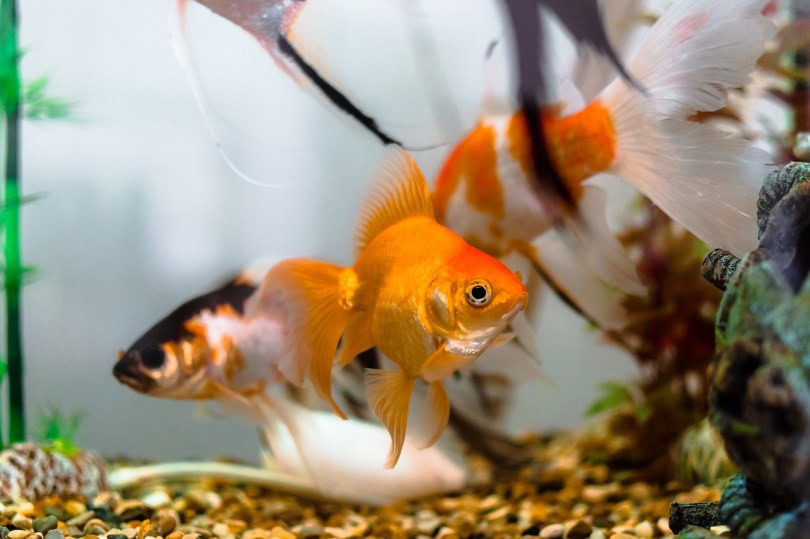VET APPROVED

The information is current and up-to-date in accordance with the latest veterinarian research.
Learn more »Click to Skip Ahead
Hydrangea is a common garden shrub with a gorgeous flower that can be pink, blue, or white, depending on the pH levels in the soil. If you’re a cat owner, you should keep your pet away from hydrangeas because these plants are toxic to cats, and they can cause your cat to become ill.1

Signs of Hydrangea Poisoning to Watch For
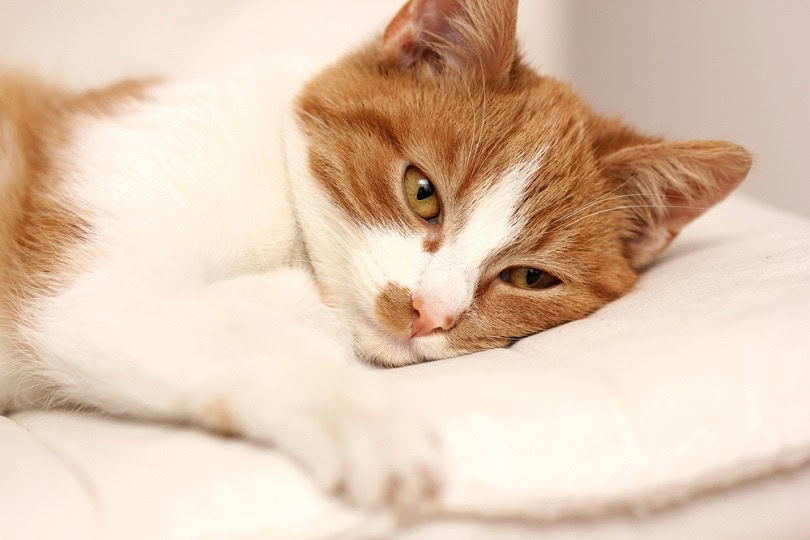
Everybody knows that cats are curious creatures that love to chew on plants. When a cat eats any part of a hydrangea shrub, be it the flowers, stems, or leaves, the animal can become very sick. Common warning signs to watch for include:
- Lethargy
- Vomiting
- Diarrhea
The toxic compounds of hydrangeas are cyanogenic glycosides. The leaves and flowers of this shrub have the highest concentration of this toxic compound.

Can Cats Be Around Hydrangeas?

If you have cats and want to grow hydrangeas in your yard, it’s best to choose another ornamental shrub. It’s not easy to keep a cat away from anything that puts him in danger, especially an enticing plant that sways in the breeze and emits a pleasant odor.
If you have these flowering shrubs growing in your yard, there are a few ways you can keep cats away from them. One method involves using a cat deterrent product that smells and tastes terrible to cats. This type of product is designed to be sprayed on or around plants.
Another way to keep cats away from hydrangeas is to create a barrier around the plants with wire mesh fencing. You can also keep cats away from these poisonous shrubs by making the ground around the hydrangeas uncomfortable for cats to walk on.
Cats prefer walking on soft, loose soil and tend to avoid prickly surfaces. You can cover the ground around the hydrangeas with pine cones, small landscape stones, or pieces of wood lattice. Use your imagination and remember that cats avoid walking on any surface that’s not soft on their paws!

What About Dried Hydrangeas?
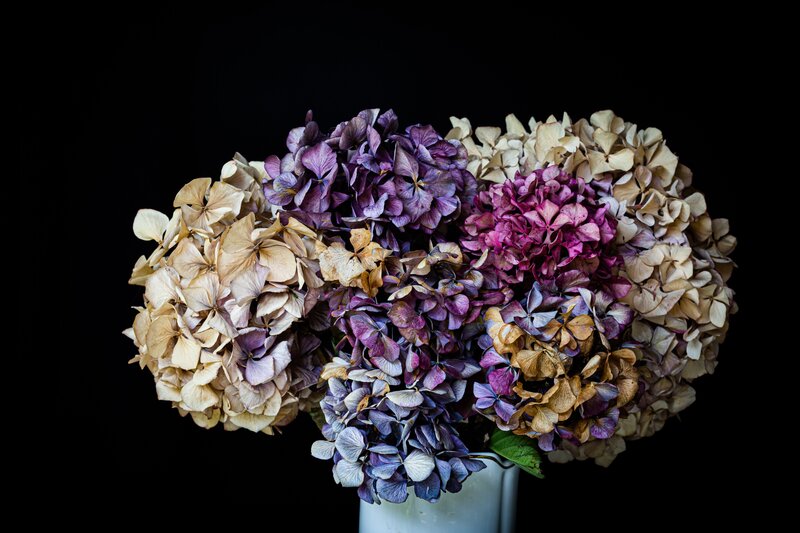
Many homeowners decorate with dried hydrangea flowers. If you’re one of these people and wonder if it’s safe for your cat to be around these dried flowers, the answer is no. It doesn’t matter if these flowers are dried or fresh, as the flowers and leaves always contain cyanogenic glycosides. Moreover, the dried plant contains them in a concentrated form because all the moisture has been removed.
If you insist on keeping dried hydrangeas in your home, make sure they’re kept somewhere your cat can’t access. For instance, a vase hung high on a wall would be safe, or dried flowers can be placed in a hanging basket or vase. Just remember that cats are very nimble creatures that can climb and jump with ease!
What to Do If Your Cat Has Eaten Hydrangeas
If you suspect that your cat has made a meal or a snack out of a hydrangea, it’s best to get in touch with your veterinarian right away. Keep a close eye on your cat to watch for any signs of illness.
The good news is that most cases involving cats eating hydrangeas are not fatal. However, the toxicity of this plant can still make your cat sick. Your vet may tell you that your cat needs a stomach decontamination, oral electrolytes, IV fluids, or medication. You may also be told to feed your cat a bland diet for a few days until they’re feeling better.
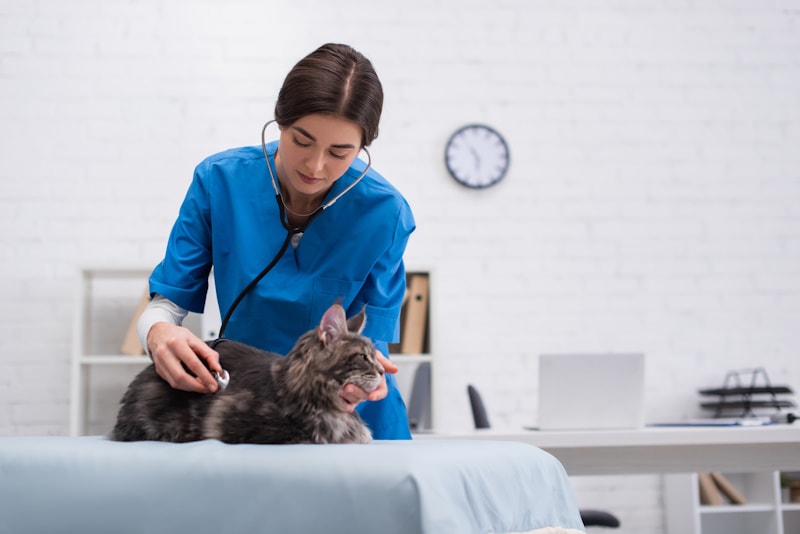
Other Common Outdoor Plants Poisonous to Cats
Unfortunately, hydrangeas are not the only outdoor plants that are poisonous to cats. You may be surprised at how many outdoor plants in your neighborhood are poisonous to them.
While you may not be able to keep your precious kitty out of harm’s way when they’re out wandering the neighborhood, at least you’ll know what plants out there can hurt them. The most common outdoor plants poisonous to cats include:
These are just the most common. There are many more. If you suspect that your cat has eaten any of these plants, play it safe and give your vet a call. Most vet offices are more than happy to speak with pet owners about their concerns.
When it comes to your kitty, it’s always best to be on your toes and get ahead of any potential problems so they can’t turn into major disasters.


Conclusion
While every part of the hydrangea plant contains a toxin that can make cats sick, the flowers and leaves have the highest amount. Do your best to keep your kitty away from this shrub so they don’t get sick. If you suspect that they’ve eaten hydrangeas, don’t hesitate to call your vet for advice, as it’s better to be safe than sorry!
- See Also: Are Peonies Poisonous to Cats?
Featured Image Credit: Pexels, Pixabay
